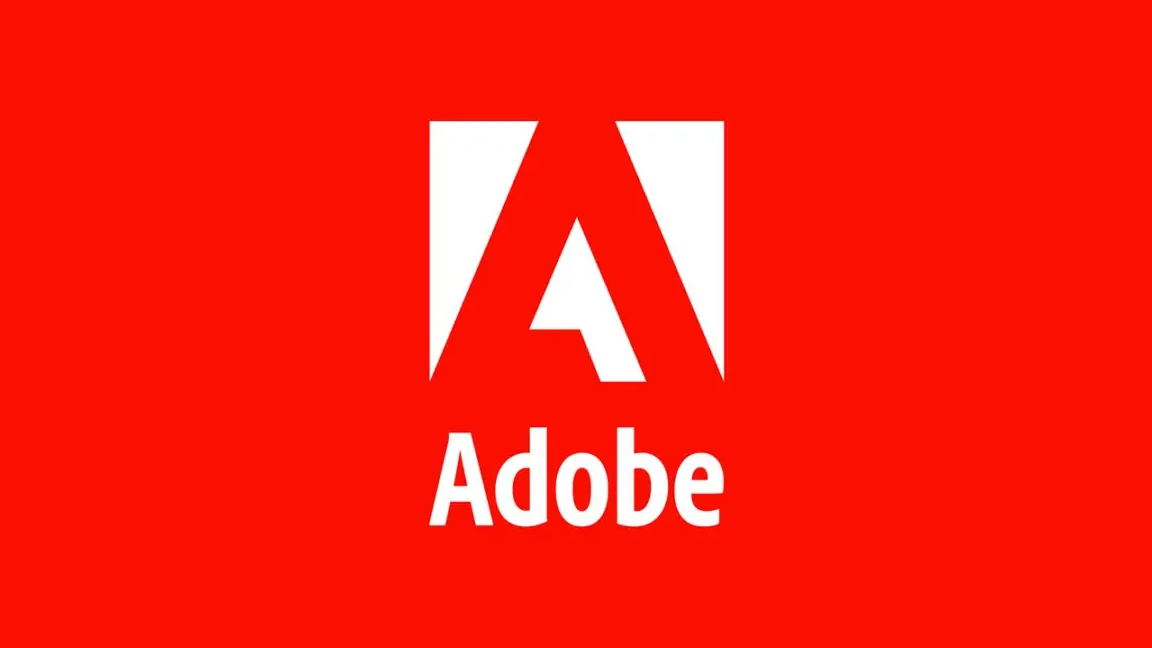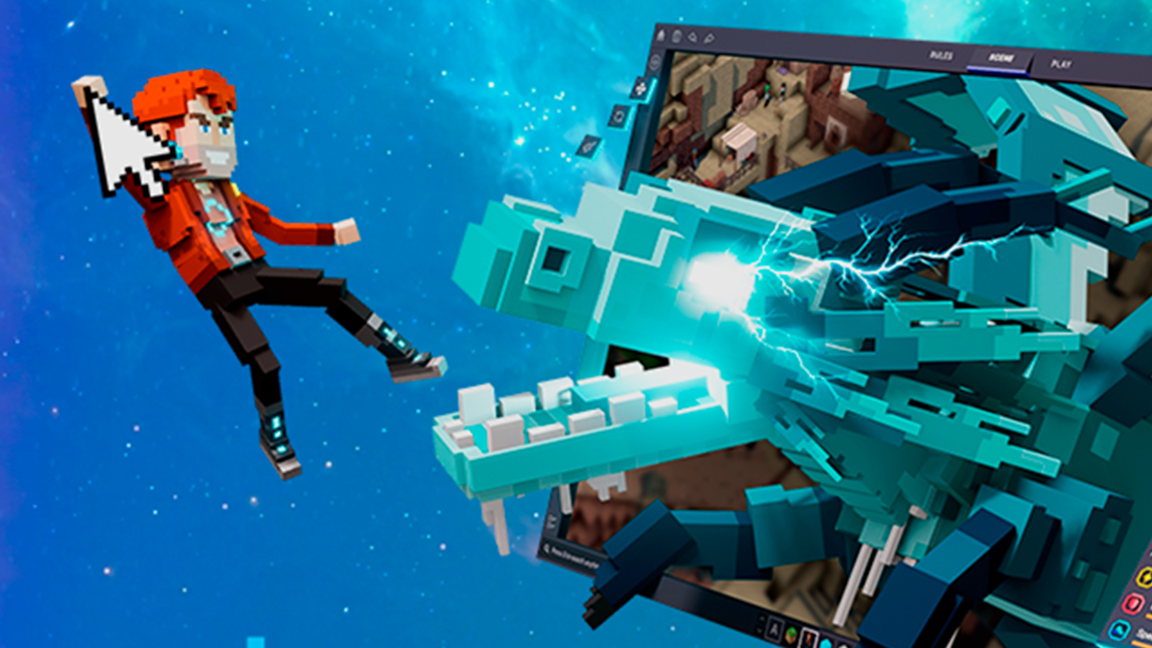
NFT gaming is growing fast, but more importantly NFT gamers are finding a purpose in their hobby. Sales of NFTs, or non-fungible tokens, has risen from under $100 million in 2020 to $25 billion in 2021, as measured by DappRadar. The passing fad is here to stay and NFT games are one area that digital artists and animators should take notice of as titles such as The Sandbox become more popular.
If you're unsure about non-fungible tokens we have a guide to what are NFTs, which is an essential read. NFTs can be used for all most anything but we explain how developers are adapting to the rise of NFT gaming, and we list the best NFT games to play now. Recently, Square Enix announced its first NFT game, called Symbiogenesis.
According to Martha Reyes, head of research Bequant, a digital asset exchange and prime brokerage platform, 2022 and beyond will see another surge in interest for NFTs. She says: "Emergen Research estimates that the compound annual growth rate of the global NFT market place will be 10.7% over the next few years." A move towards a new virtual economy, "accelerated with the pandemic" will see NFTs become more commonplace in our lives.
Despite these numbers there remain question marks over the usability and future of NFTs. "After all," says Reyes, "what is the point in paying thousands, sometimes millions, for a digital image of a monkey or a pixelated character that can be easily reproduced online?"
The answer is partly in acknowledging NFTs are a "permanent, digital representations of ownership of an asset, whether that be virtual or physical '' and that they are non-fungible – unique and verifiable, an NFT's ownership can be traced and is transparent on the blockchain.
More so, the future of NFTs relies on them having a use – you'll hear NFT evangelists citing 'utility' a lot. This is because this type of NFT can build a community as ownership can grant access, rights and benefits from reward schemes, early releases, live events, and more. For this reason NFT games are a perfect fit, so let's take a look in detail as Reyes offers a pro eye on how NFT gaming is finding a purpose.
NFT gamers find purpose in fun
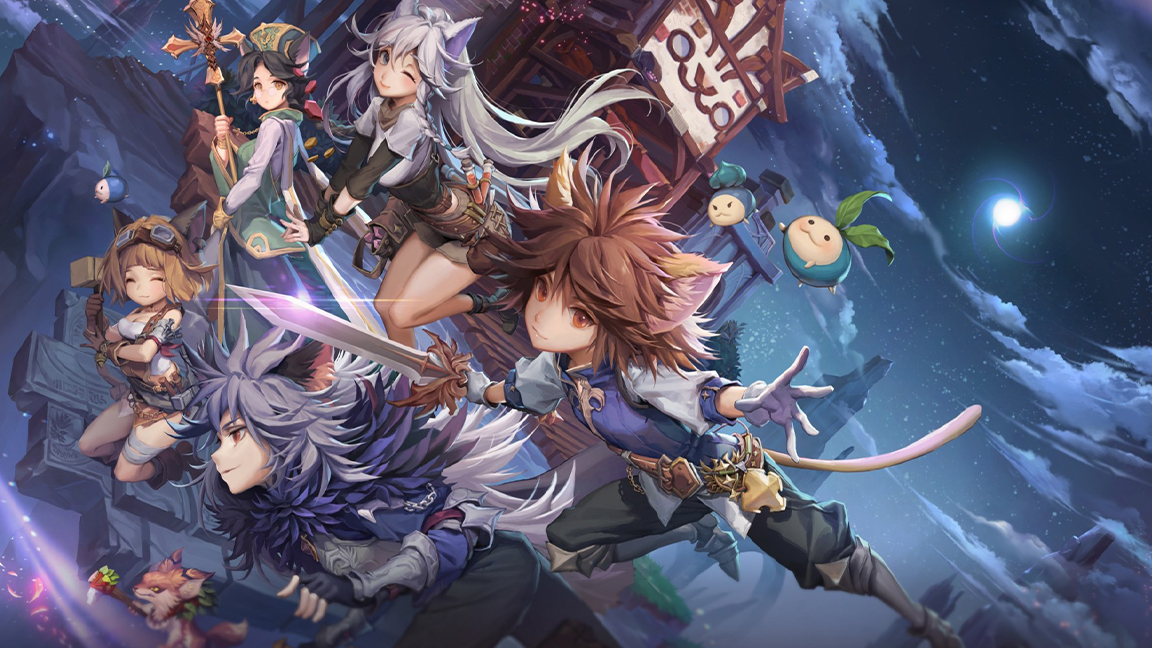
01. Buy your character
More and more games enable players to build and customise their in-game characters. NFT gamers are going one better and owning their character. You can build the hero you want in your game, and perhaps even export this design to other games in the ecosystem or sell it on an NFT marketplace.
Get the Creative Bloq Newsletter
Daily design news, reviews, how-tos and more, as picked by the editors.
"NFT purchases allow the player to purchase their own character which is either unique to them or readily available to the wider ecosystem," says Reyes. "This gives players the ability to play as whoever they want, rather than being dictated by the developers, giving them more freedom in the gaming worlds"
Of course superficially we can do this now. One player's Elden Ring hero will be different to another. Yet, in an NFT game a gamer's character will be registered on a blockchain and owned by them, not the game's publisher. Perhaps a character will be developed in such unique and rare ways it becomes highly valuable…
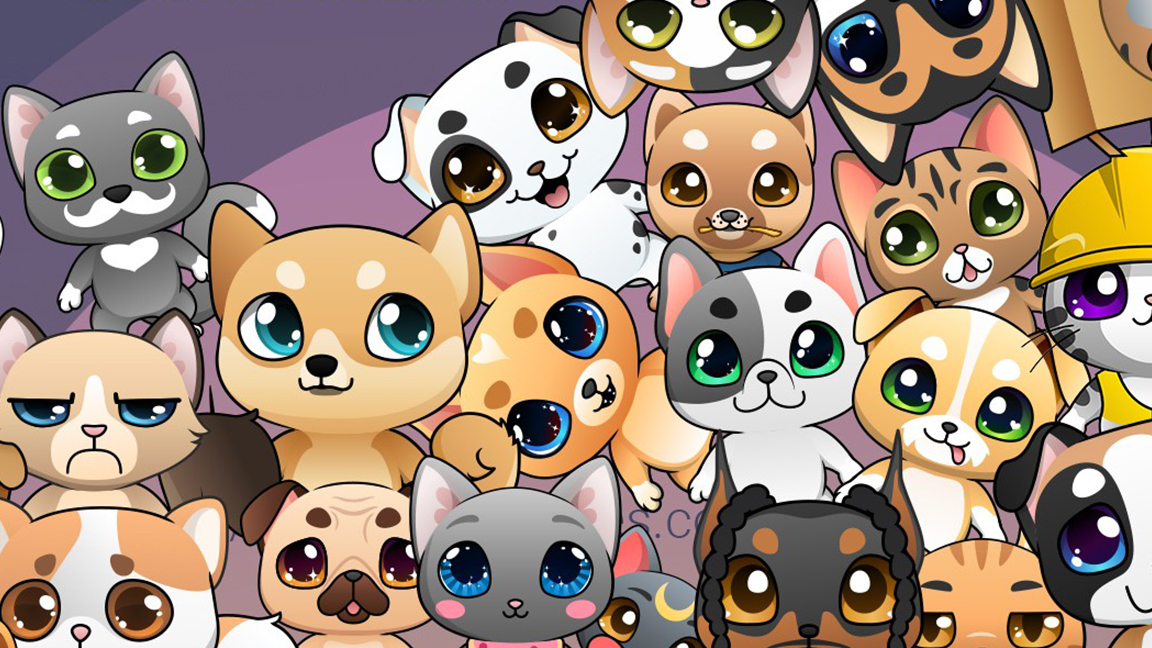
02. Train and upgrade rather than buy
A reaction to the above point of owning a character and developing a rare hero, is that unique or powerful characters in games can be expensive. This can lead to new or younger players finding NFT games unobtainable or inaccessible.
"However," comments Reyes, "in games such as Blockchain Cuties, players can train and upgrade their existing characters, making them more powerful in the game and valuable on the marketplace."
She explains, "this means that the training process can actually add value to the player’s NFT, making them more money when they sell it on. This also means that the richest players can’t just buy their way to success and less experienced players can earn their way up the gaming ladder."
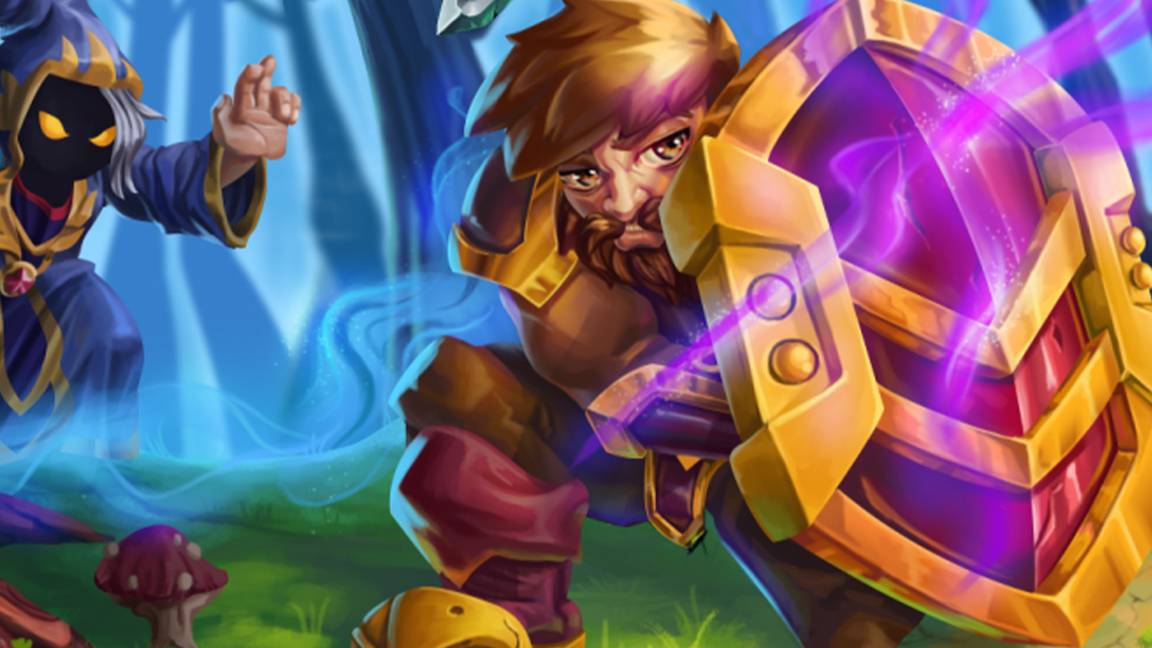
03. Customise your character
Customisation is key in gaming. Modern games are built around the notion players love to inhabit their hero's skin. Grand Theft Auto Online, Fortnite or the boot store in FIFA are testament to this.
So how can NFTs tap into this? "By buying a playable NFT piece of clothing," says Reyes. Purchasing and owning rare and unique items such as a coat, shorts or hat, enables the player’s character to follow the fashion of the player. NFT games such as Forest Knight offer genuine rare items, there may only be 10 items in existence.
Again, this is common now, but while a player may own an item in a game they are limited to what can be done with it; in an NFT game that item can be resold, placed on an NFT marketplace or offer broader utility – a Nike sneaker could offer access to a real world event. NFT game developers can build a community around their titles with NFT drops to create excitement.
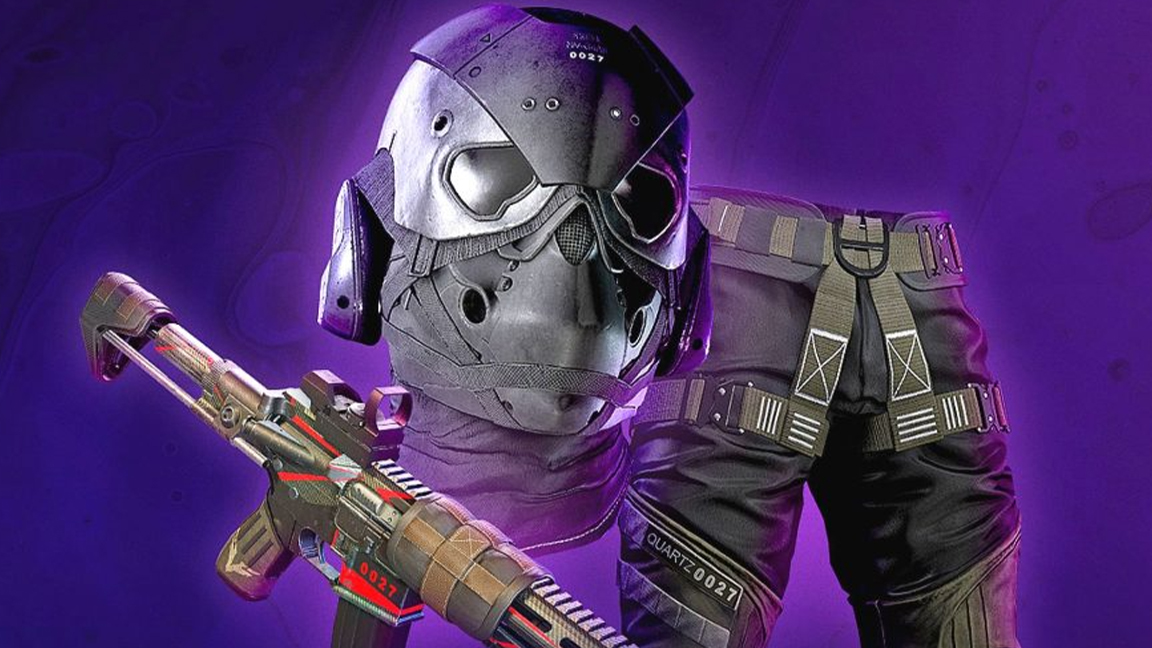
04. Accessorise, Accessorise
Following on from clothes, accessories are also key. Games such as Call of Duty enable players to customise their guns and amour, and Ubisoft has launched its own NFT called Ubisoft Quartz that enables players in Ghost Recon: Breakpoint to own their accessories. But what if gamers want to do more?
"If they wear jewellery that has sentimental value to them, why should their playable character not be able to wear that too?" questions Reyes. "Once again, this adds greater meaning to the player, meaning they become even more financially and emotionally invested into the game, boosting its prestige."
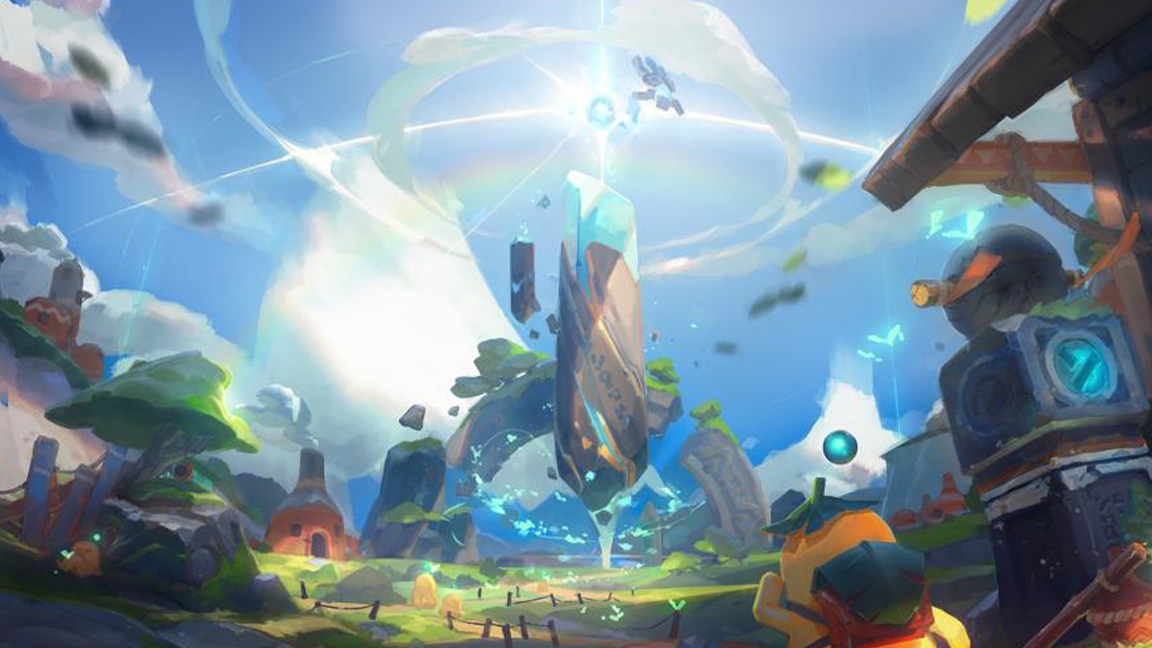
05. The importance of smarter contracts
Smart contracts underpin the conditions of an NFT. They allow for predetermined conditions to be met for a transaction to occur so it can, for example, give artists the right to royalties in perpetuity every time the artwork is sold.
"This means creatives who create playable NFTs can continue to earn money from them when they’re resold," outlines Reyes. "This creates an entirely new second-hand market for NFTs and drive designers to get involved, making more unique and fun playable NFTs viable for more gamers."
Games such as The Sandbox already offer in-app creation tools for NFT gamers to create their own worlds and games. Other titles offer similar marketplaces to sell and buy creator-owned items. New game Apeiron will offer an NFT token and smart contract designed to promote and reward community and social gaming.
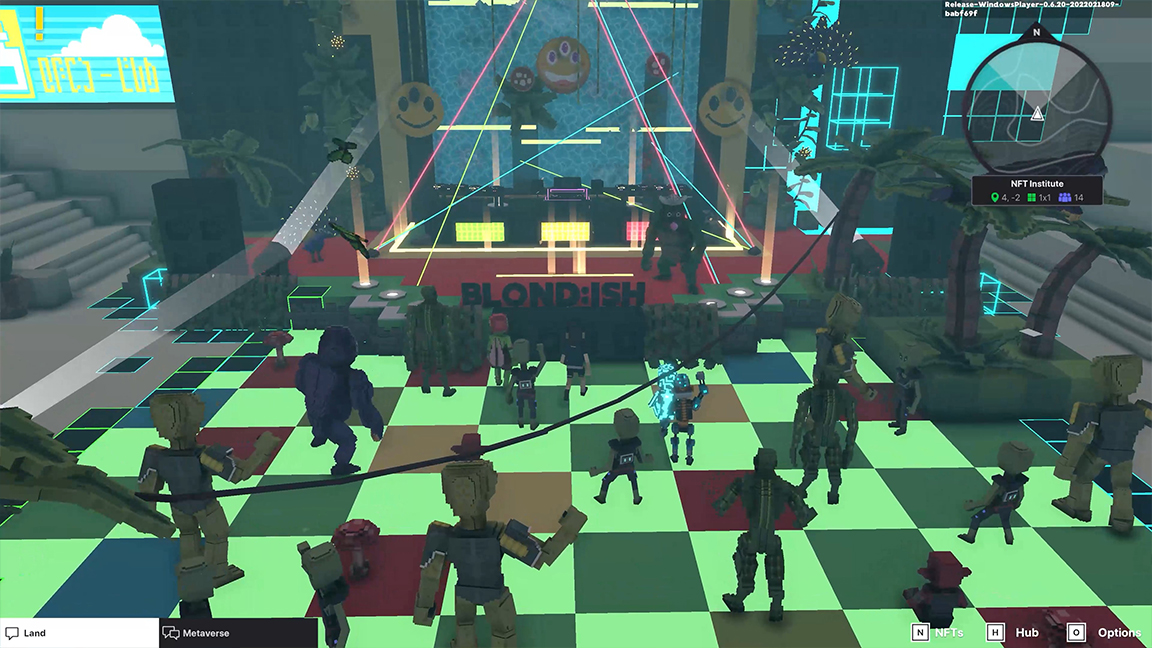
06. Access to the metaverse
Ah, the metaverse. You'll be hearing more about this throughout 2022 as more companies and creators begin to elbow their way in; what-is-the-metaverse? It's a spider-web of sites, content, creator-owned spaces, virtual worlds, and more besides.
The type of gaming being discussed here will enable NFT gamers to make more use of the metaverse, and bring it to a whole new audience of committed players. "The metaverse, to some, will be the way that we educate ourselves, bank and even live in the future," explains Reyes, adding: "This may seem far-fetched to those of us who have no exposure to the metaverse yet, but as we have seen with the rise and impact of social media, gaming may be the entry point for this next shift in living."
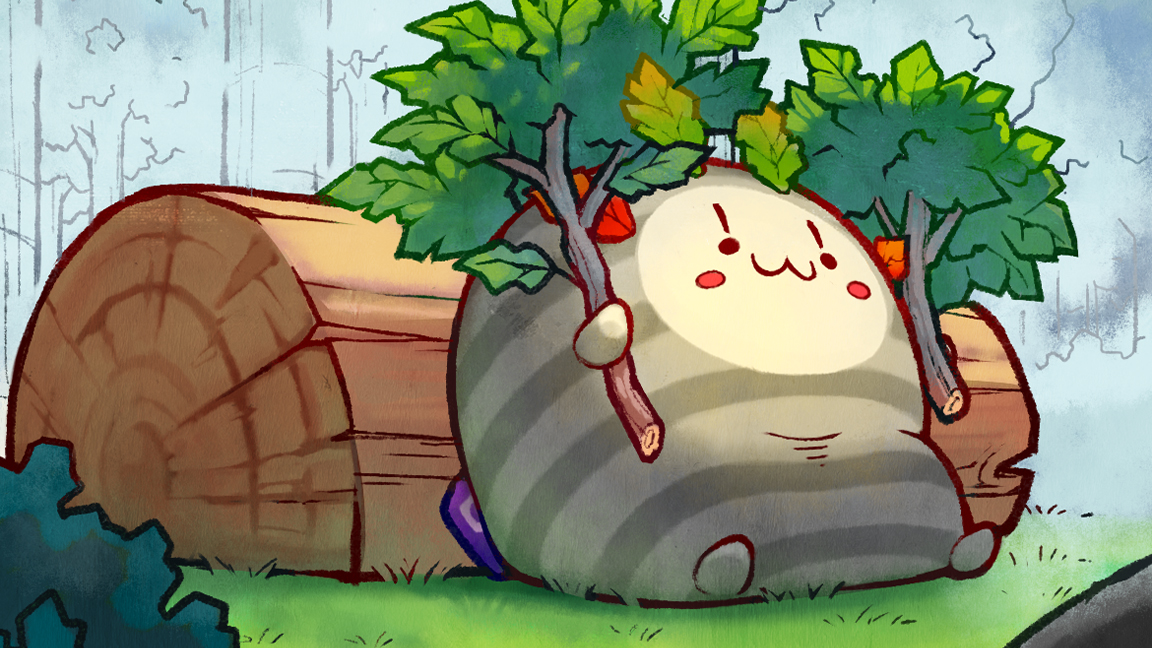
07. Earn-and-play
"Certainly to many, the idea of being able to earn a living by being a professional gamer is alien," begins Reyes, saying: "For a generation of young adults and teens, it is a real possibility, with streaming and e-sports becoming a huge industry. However, for casual gamers, this is nothing more than a pipe dream."
Metaverse gaming, with tradable and purchasable NFTs, enable NFT gamers to earn as they play, introducing a new dynamic to gaming and disrupting the established market. The NFT game Axie Infinity enables players to develop, battle and trade their Axies just like in Pokémon, but here they have real dollar value that can rise and fall depending on uniqueness and rarity.
Adding real market forces to games can have advantages but also disadvantages, as players earn and leave games the economy can be inflated as leading NFT game Axie Infinity has discovered, but offering free-to-play mechanics with play-to-earn could be the answer.
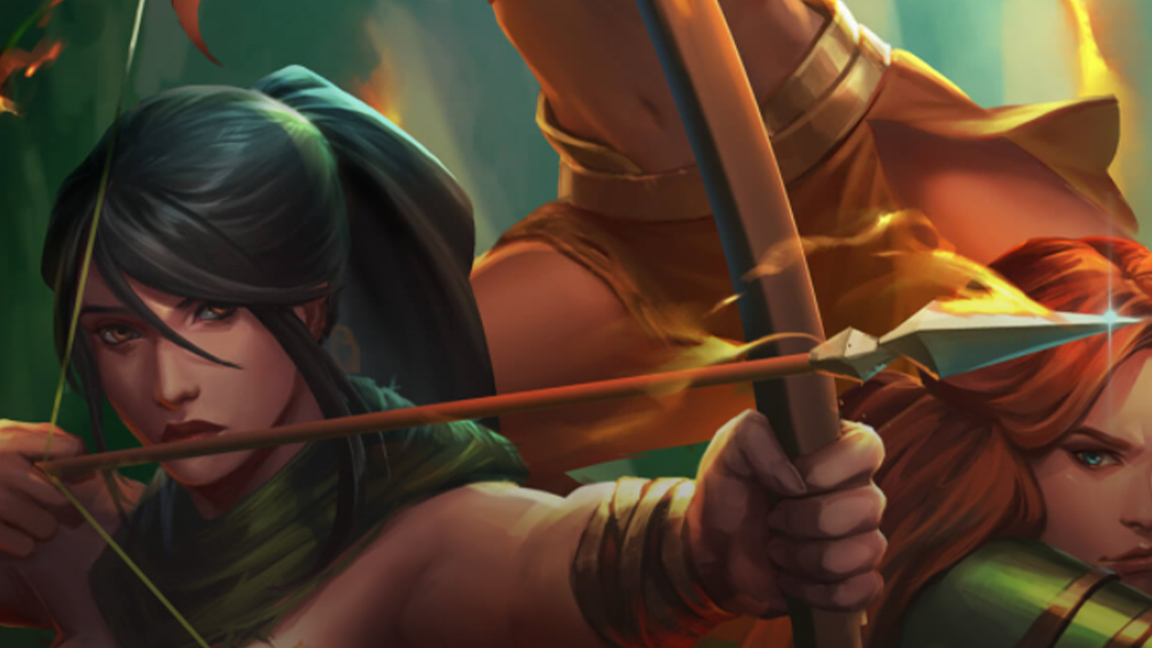
08. A new way to collect
"Football or baseball cards have been traded and purchased for generations now, but NFTs add another opportunity for collectors," says Reyes. "Instead of just owning a card, owning the NFT may give a playable element to collectors, bringing together the two markets. This is a new collaboration but it could be an important part of the gaming and collectables market of the future."
Games such as Gods Unchained are adopting the card collecting idea and the Magic: The Gathering deck collection mechanic, but here NFT gamers own the card and can sell and trade them on an NFT marketplace, just as fans of traditional Wizards of the Coast card games would do.
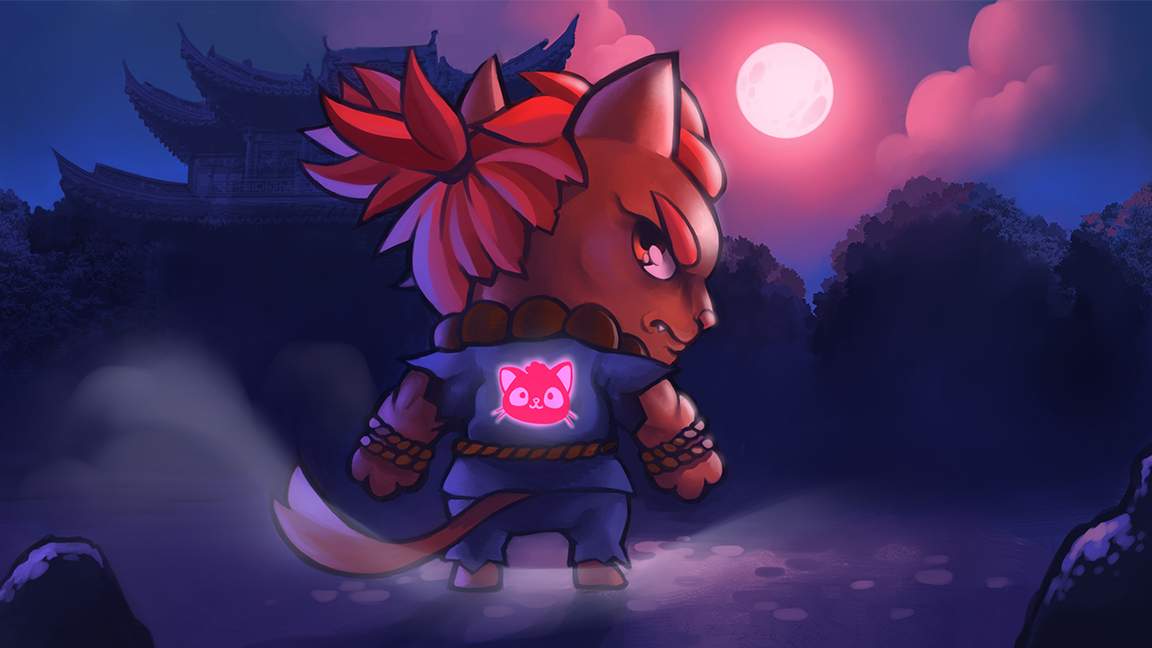
09. Access to more than one chains
Games are bringing together the different tribes who operate on different blockchains. For example, says Reyes, "Blockchain Cuties is the first game on the market to offer its players the ability to play on various blockchains, each providing tailored user experience and unique content. This means that players can trade on EOS, NEO, ETH and TRON, with a different marketplace on each chain."
As NFT games evolve they will become more approachable, and as with Blockchain Cuties NFT gamers will be able to buy and trade their custom characters on more than one blockchain, making use of a diverse set of NFT crypto so players can decide which they want to support, perhaps for reasons of ecology and ease of use.
Disclaimer: The opinions expressed in the article are for general informational purposes only and are not intended to provide specific financial or investment advice or recommendations for any individual for any investment product. The article is only intended to provide general information and opinions about NFT games. The views reflected in this article are subject to change at any time without notice.
Read more:
- How to make and sell an NFT
- The best laptops for gaming
- NFT trends that could change the world

Thank you for reading 5 articles this month* Join now for unlimited access
Enjoy your first month for just £1 / $1 / €1
*Read 5 free articles per month without a subscription

Join now for unlimited access
Try first month for just £1 / $1 / €1

Ian Dean is Editor, Digital Arts & 3D at Creative Bloq, and the former editor of many leading magazines. These titles included ImagineFX, 3D World and video game titles Play and Official PlayStation Magazine. Ian launched Xbox magazine X360 and edited PlayStation World. For Creative Bloq, Ian combines his experiences to bring the latest news on digital art, VFX and video games and tech, and in his spare time he doodles in Procreate, ArtRage, and Rebelle while finding time to play Xbox and PS5.
